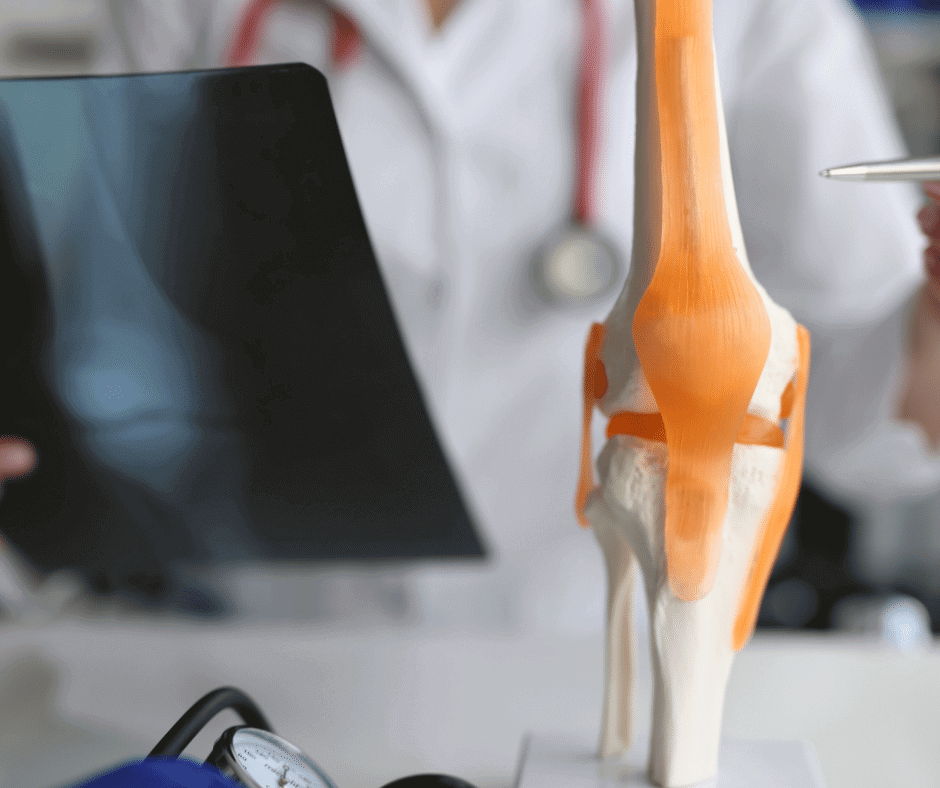Bone substitutes, considered as medical devices, offer a wide range of products. Emerging from the necessity for treating a vital component of a patient’s body, the landscape of bone substitute materials and their applications has expanded to meet the growing demands of healthcare.
In this article, we discuss different types of bone substitutes, as well as general guidelines on their classification and grouping within the Mexican regulatory framework.
Bone Substitutes
Bone substitute medical devices are specialized materials or implants used commonly in orthopedic and dental surgeries to replace or augment damaged or missing bone tissue. These devices facilitate the repair and restoration of bone structure and function. They are commonly employed in various clinical scenarios, including trauma surgery, joint replacements, spinal fusions, and dental implant procedures.
There are various types of bone substitutes, often categorized into three groups: bone grafts, ceramics, and growth factors.
- Bone grafts:
- Autografts: Bone grafts harvested from the patient’s own body, usually from the iliac crest (hipbone).
- Allografts: Bone grafts obtained from cadaveric donors. They are processed and sterilized to remove potential contaminants.
- Xenografts: These are bone substitutes are derived from animals, typically bovine (cow) or porcine (pig) sources.
- Ceramics: Artificial materials made of ceramics, polymers, or a combination of both. Examples include calcium phosphate ceramics (e.g., hydroxyapatite), calcium sulfate, and biodegradable polymers. Synthetic substitutes can be designed to mimic the structure and properties of natural bone. Some are osteoconductive, meaning they provide a scaffold for new bone growth, while others may be osteoinductive, promoting bone formation.
- Bone Growth Factors: These are growth factors that stimulate molecules that play a role in regulating various cellular processes, including cell proliferation, differentiation, and tissue repair. Growth factors are used to stimulate the body’s natural healing processes. Examples include Bone Morphogenetic Proteins (BMPs) and Platelet-Derived Growth Factor (PDGF).
Classification and Grouping of Bone Substitutes
Bone substitutes, as medical devices, fall under the Class III medical devices, according to the Mexican regulatory framework, as they are being used as a substitute for repairing or augmenting the bones of a patient.
As stated in our Classification and Grouping Ultimate Guide, different variants of the same device can be included in the same sanitary registration, if they satisfy the following criteria:
- Same manufacturer
- Same intended use
- Same distinctive denomination (commercial name)
- Same ingredients
Conclusion
Classification and grouping of bone substitutes can be straightforward, provided that the characteristics of the device are well-defined, and they seldom require accessories or other medical devices to fulfill their intended use. This guideline can serve to distinguish the type of bone substitute and help establish a regulatory strategy.
If you have any inquiries about the registration of bone substitute or any other medical devices in the Mexican market, please feel free to contact us at contact@veraqueconsulting.com, or check our guidelines and checklists.

